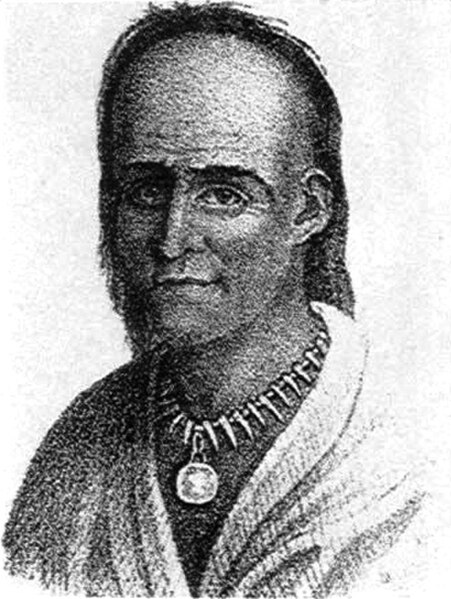Alcohol and Native Americans
Many Native Americans in the United States have been harmed by, or become addicted to, drinking alcohol. Among contemporary Native Americans and Alaska Natives, 11.7% of all deaths are related to alcohol. By comparison, about 5.9% of global deaths are attributable to alcohol consumption. Because of negative stereotypes and biases based on race and social class, generalizations and myths abound around the topic of Native American alcohol misuse.
European fur traders doing business with Native Americans in 1777, with a barrel of rum to the left
Aztecs depicted in the Codex Magliabechiano (folio 85r) drinking pulque on the feast of Quecholli. In the center, the god Mixcoatl drinks from a jug using a straw. To the left, a woman vomits.
The making of pulque, as illustrated in the Florentine Codex (Book 1 Appendix, fo.40)
Manioc root being prepared by Indian women to produce an alcoholic drink for ritual consumption, by Theodor de Bry, Frankfurt, 1593
Little Turtle was a Sagamore (chief) of the Miami people, who became one of the most famous Native American military leaders. Historian Wiley Sword calls him "perhaps the most capable Indian leader then in the Northwest Territory," although he later signed several treaties ceding land, which caused him to lose his leader status during the battles which became a prelude to the War of 1812. In the 1790s, Mihšihkinaahkwa led a confederation of native warriors to several major victories against U.S. forces in the Northwest Indian Wars, sometimes called "Little Turtle's War", particularly St. Clair's defeat in 1791, wherein the confederation defeated General Arthur St. Clair, who lost 900 men in the most decisive loss by the U.S. Army against Native American forces.
Lithograph of Little Turtle, reputedly based upon a lost portrait by Gilbert Stuart that was destroyed when the British burned Washington, D.C., in 1814.
Little Turtle
Little Turtle, from U.S. Army Military History Institute
Silhouette of Little Turtle by Robert Wyer








